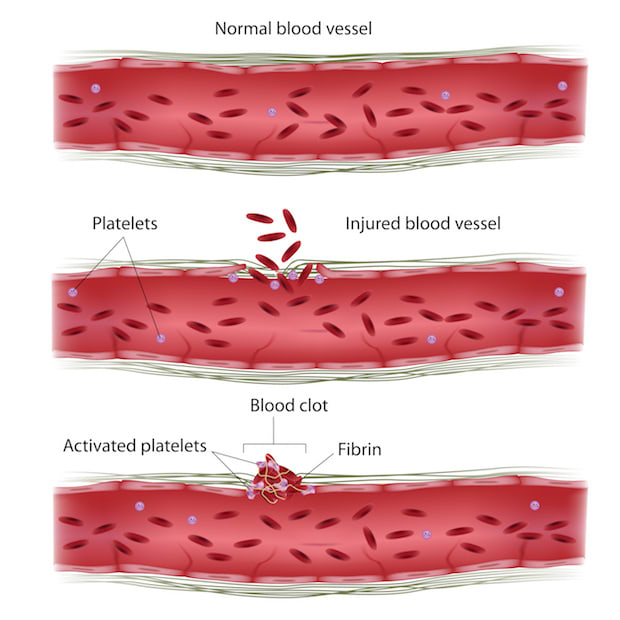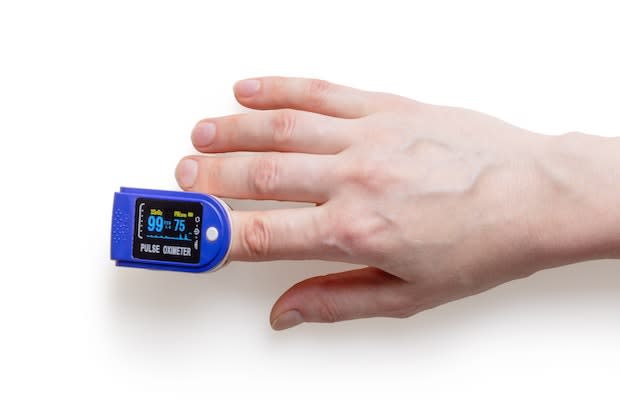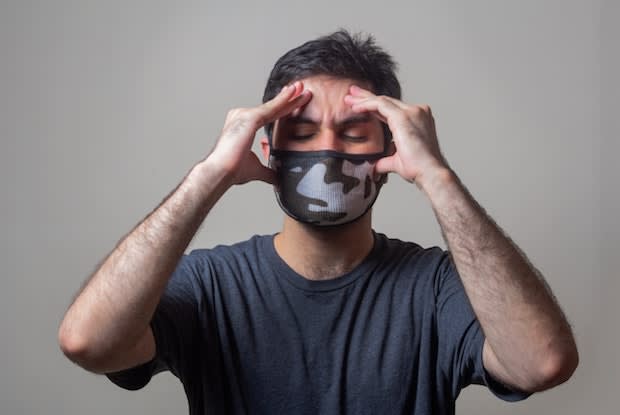Table of Contents
II. Deep Vein Thrombosis (DVT) Symptoms
III. What is a Pulmonary Embolism?
IV. Blood Clots and Heart Attack
VI. Medications for Blood Clots
What is a Blood Clot?
Blood clots are a common medical condition that affects people from all walks of life. Blood clots are gel-like clumps of blood that rush to the site of an injury. They plug the injured blood vessel and stop the bleeding. This is an essential bodily process; otherwise, one small cut would empty the body of blood.
Sometimes, these clots can form inappropriately inside a vein or artery. These clots may break off and travel to other parts of the body and cause blockages in circulation. Everyone is at risk of blood clots, but some conditions and lifestyle choices may increase the likelihood of a clotting event. Blood clots can be sneaky, and one out of four people do not show any signs and symptoms of a blood clot if it occurs. [1]
Around 274 people die every day from blood clots, so it is essential to get frequent checkups if you are at risk for blood clots or have a family history of this condition. If your doctor finds you at risk, you may be prescribed generic rivaroxaban or Eliquis for blood clots. [2]
The dosage of blood clot prescriptions like Coumadin (warfarin), Elmiron, or dipyridamole can vary from person to person, so follow your doctor’s advice and treatment instructions. Learn more about where blood clots are likely to occur and how these medications can help prevent dangerous blood clots.
DVTs are a serious form of blood clots that most often occur in the legs or thighs. Veins are responsible for taking oxygen-poor blood back to the heart. These clots form deep inside the body. These clots block the vein and prevent blood from circulating properly. DVTs are also known as thromboembolism, post-thrombotic syndrome, or postphlebitic syndrome. Unfortunately, many people do not know they have a DVT until they are in the hospital. Only half of the people with DVTs will experience noticeable symptoms of the condition. The most common symptoms of a DVT include: A blood clot in the lungs is known as a pulmonary embolism. DVTs most often occur in legs or thighs, but DVTs are also the most likely culprit behind pulmonary embolisms. DVT clots usually begin in the legs or pelvis and then travel up to the lungs. The symptoms of a pulmonary embolism depend on the size of the clot and where it is located in the lungs. People over 60 years and those who have a history of heart attack or stroke are more likely to experience a pulmonary embolism. Symptoms of pulmonary embolism include: The heart is not a common location for blood clots, but it can cause severe side effects if it happens. Coronary arteries around the heart can develop plaques due to a buildup of cholesterol and other inflammatory cells (atherosclerosis). Smoking and high blood pressure are two common causes of atherosclerosis. Over time, other conditions like high blood pressure and diabetes can injure the blood vessels and lead to more plaque formation. When the vessels become fragile and rupture, blood platelets may rush to the vessel, and a blood clot may form. This clot may block the coronary artery and starve the heart of oxygen and nutrients. This causes a heart attack, which may be deadly if left untreated. [5] A stroke occurs when blood flow to the brain is limited. There are three different strokes, but a transient ischemic attack (TIA) and ischemic stroke occur when the vessels become blocked or narrowed. A stroke is a serious emergency, and you should seek medical attention right away. Cells in the brain begin to die if treatment is not sought. An ischemic stroke is the most common type and occurs when the blood vessels become narrowed or blocked by clots or fatty deposits. TIAs can be less serious and are known as “ministrokes.” This type of stroke often does not cause permanent damage because it is caused by a temporary decrease in blood supply to the brain. General symptoms of stroke include: If you are at risk for blood clots, the first line of treatment is typically an anticoagulant medication. These blood thinner medications slow the body’s ability to form new clots and prevent existing clots from growing larger. [7] Coumadin and heparin are the most common anticoagulants that have been used for decades. These drugs are still prescribed, but they often require frequent monitoring tests to ensure that patients are not at risk for a bleeding event. These drugs prevent the blood from clotting, which may cause excessive bleeding if you experience a cut or internal injury. Newer anticoagulants like Xarelto (rivaroxaban) and apixaban may also be prescribed as well. These drugs do not require as much testing, but your doctor will prescribe the right one for you. [8] These drugs are often more expensive, but you can visit an online pharmacy referral service like RX Connected for lower prescription prices. We help to connect you to licensed international fulfillment centres and/or pharmacies. Visit RxConnected and start saving on anticoagulant drugs today. The content in this article is intended for informational purposes only. This website does not provide medical advice. In all circumstances, you should always seek the advice of your physician and/or other qualified health professionals(s) for drug, medical condition, or treatment advice. The content provided on this website is not a substitute for professional medical advice, diagnosis, or treatment.
Deep Vein Thrombosis (DVT) Symptoms
What is a Pulmonary Embolism?

Blood Clots and Heart Attack
Signs of a Stroke

Medications for Blood Clots
